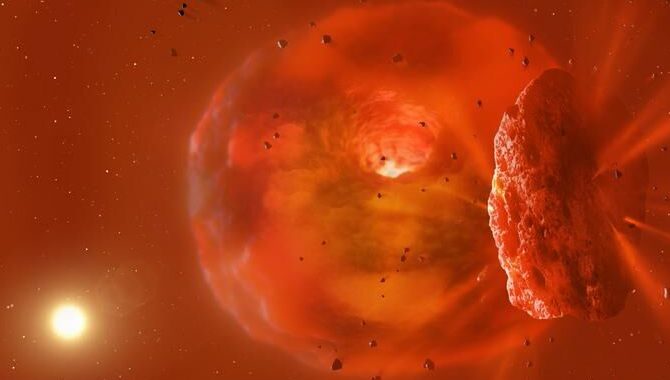
- Astrophysicists from Russia propose a theory that says dark energy doesn’t exist.
- Instead, the scientists think the Casimir Effect creates repulsion.
- This effect causes the expansion of the universe to accelerate.
Dark energy, one of the most controversial physics ideas, is getting another challenge. After all, if this force is supposed to make up about 68% of the mass-energy of the universe, where exactly is it? A new paper by a pair of Russian astrophysicists says dark energy simply doesn’t exist. Instead, they point to the mysterious Casimir effect as the explanation for the accelerating expansion of the universe.
The study, from Professor Artyom Astashenok and undergraduate student Alexander Teplyakov of the Immanuel Kant Baltic Federal University, takes issue with the fact that as far as dark energy’s suggested role, “no one knows what is it and how it works,” as remarks Astashenok in a press release.
The astrophysicists say the discovery that the universe is not only expanding, but accelerating in that process, can be explained by an effect named after the Dutch physicist Hendrik Casimir. Back in 1948, he proposed that if you’d put two metal plates in a vacuum, you could still observe attraction between them. Logic would dictate that there’d be nothing in the vacuum to cause such a force, but as Astashenok explained, “according to quantum theory, particles constantly appear and disappear there, and as a result of their interaction with plates, which indicate certain boundaries of space (which is extremely important), a very small attraction occurs.”
This phenomenon, now dubbed the Casimir effect, has been extrapolated by the Russian scientists to space. They believe there is no enigmatic “Dark Energy” but a “manifestation of the boundaries of the universe” that is responsible for an additional repulsion that causes the universe to speed up its expansion.
Gravity Should Slow the Expanding Universe, but Dark Energy Is Speeding It …

Ashashenok further expounds that their idea doesn’t claim that the universe has an end. Rather a “complex topology” occurs.
“You can draw an analogy with the Earth. After all, it also has no boundaries, but it is finite,” says Astashenok. “The difference between the earth and the universe is that in the first case we are dealing with two-dimensional space, and in the second – with three-dimensional”.
Check out the new study in the International Journal of Modern Physics.
This article was originally posted on Big Think










